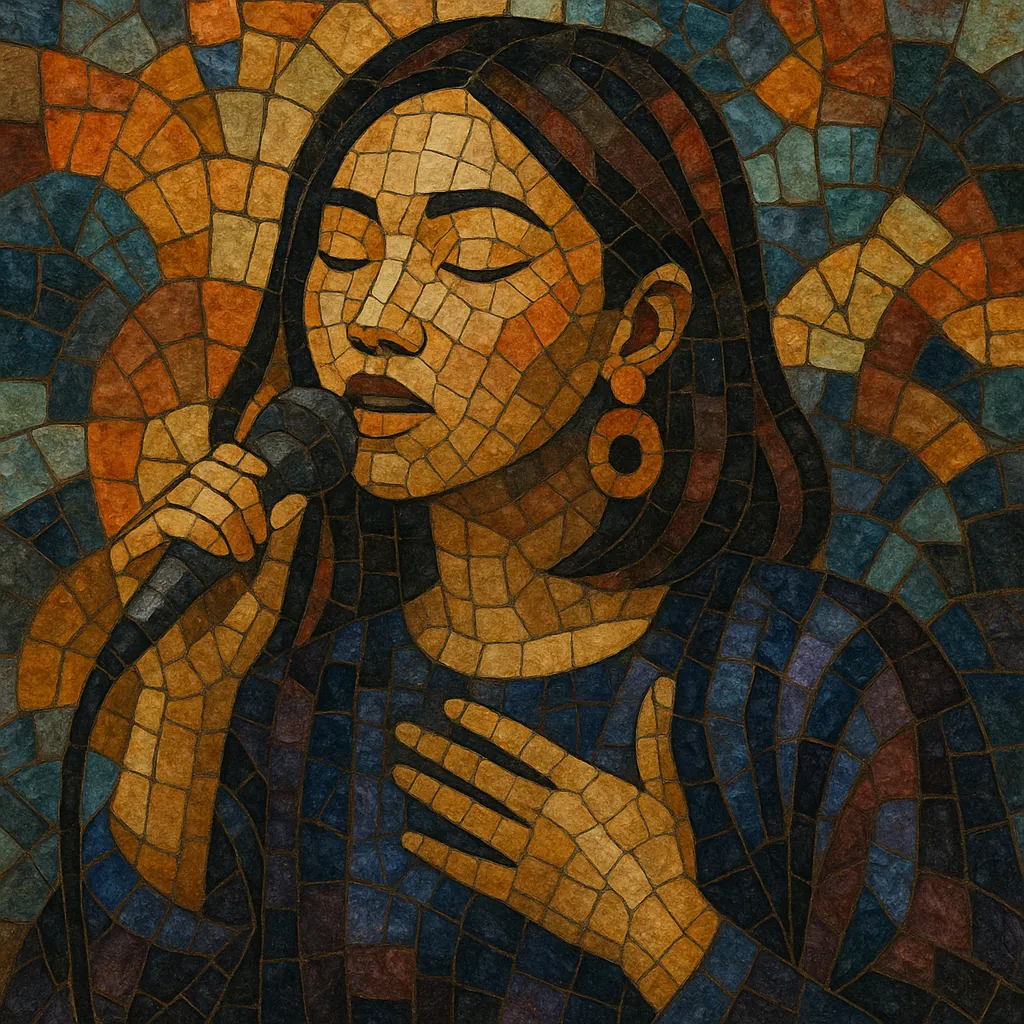Your digging level
Description
J-R&B (Japanese R&B) is Japan’s domestic take on contemporary R&B, blending American R&B, soul, hip hop, and new jack swing aesthetics with Japanese pop songwriting and linguistic nuance.
It typically features slick, groove-forward production, jazzy extended chords, and emotive vocal performances rich in melisma, ad‑libs, and layered harmonies. Lyrics often alternate between Japanese and English phrases, and themes cover romance, self-empowerment, and urban introspection.
From late-1990s pioneers to 2000s chart success, J-R&B became a core pillar of the wider J‑Pop/J‑Urban movement, shaping the sound of mainstream pop, idol music, and even K‑Pop’s early development.
History
Japan’s affinity for American soul and R&B dates back to the city pop era, but a distinct J‑R&B identity coalesced in the 1990s. Early bridge figures like Toshinobu Kubota experimented with R&B-inflected pop, while the global rise of contemporary R&B, new jack swing, and hip hop provided rhythmic and production blueprints. By the late 1990s, artists such as MISIA, Ken Hirai, and Hikaru Utada brought polished, vocally virtuosic R&B to Japan’s mainstream, aligning it with J‑Pop sensibilities and bilingual lyricism.
The 2000s marked a commercial peak. Crystal Kay, DOUBLE, AI, CHEMISTRY, and Thelma Aoyama scored major hits, while producers and collectives (e.g., m-flo’s collaborative projects) connected R&B with rap, dance-pop, and club music. Hallmarks included glossy drum programming, Rhodes and neo-soul harmony, and hook-forward songwriting. R&B’s textures permeated idol and pop acts, blurring lines between J‑R&B and J‑Pop.
Streaming and DIY production widened the palette: trap-soul drums, lo‑fi textures, and neo-soul/jazz harmony entered the mainstream. Indie R&B singer-songwriters and netlabel scenes emerged alongside legacy stars. Cross-pollination with hip hop, EDM-pop, and K‑Pop intensified, while bilingualism and international collaborations became increasingly common.
J‑R&B helped normalize R&B vocalism and harmony in Japanese pop, shaped the J‑Urban movement, and influenced early K‑Pop’s vocal and production aesthetics. Its fingerprints are audible across idol music, anime tie‑ins, and contemporary Japanese pop production norms.




